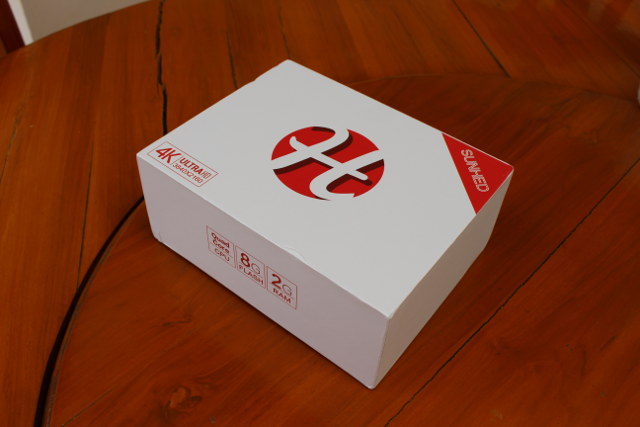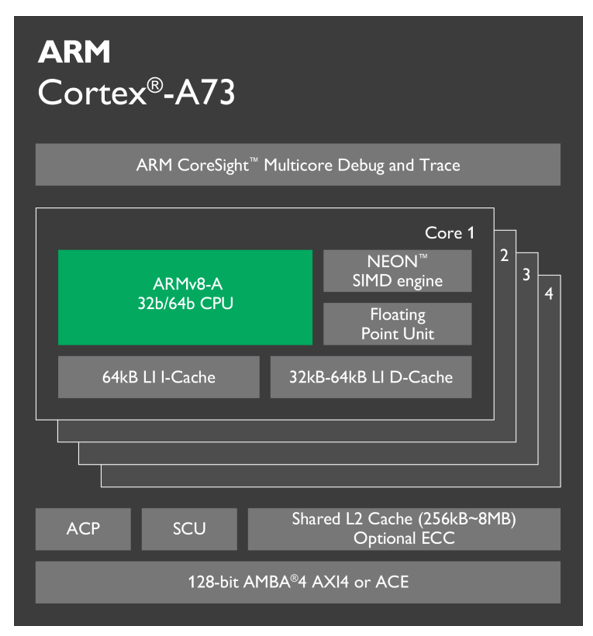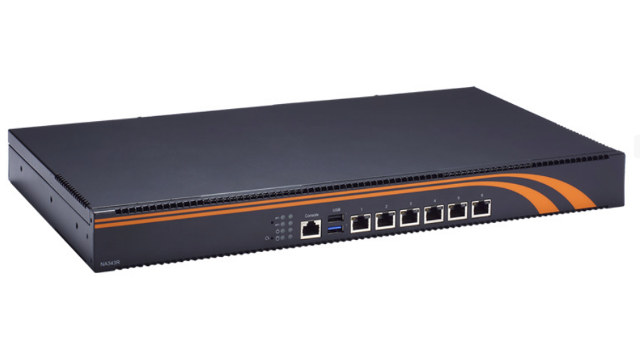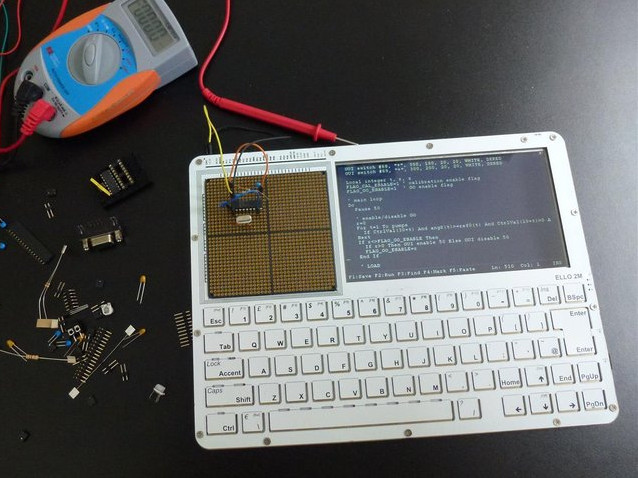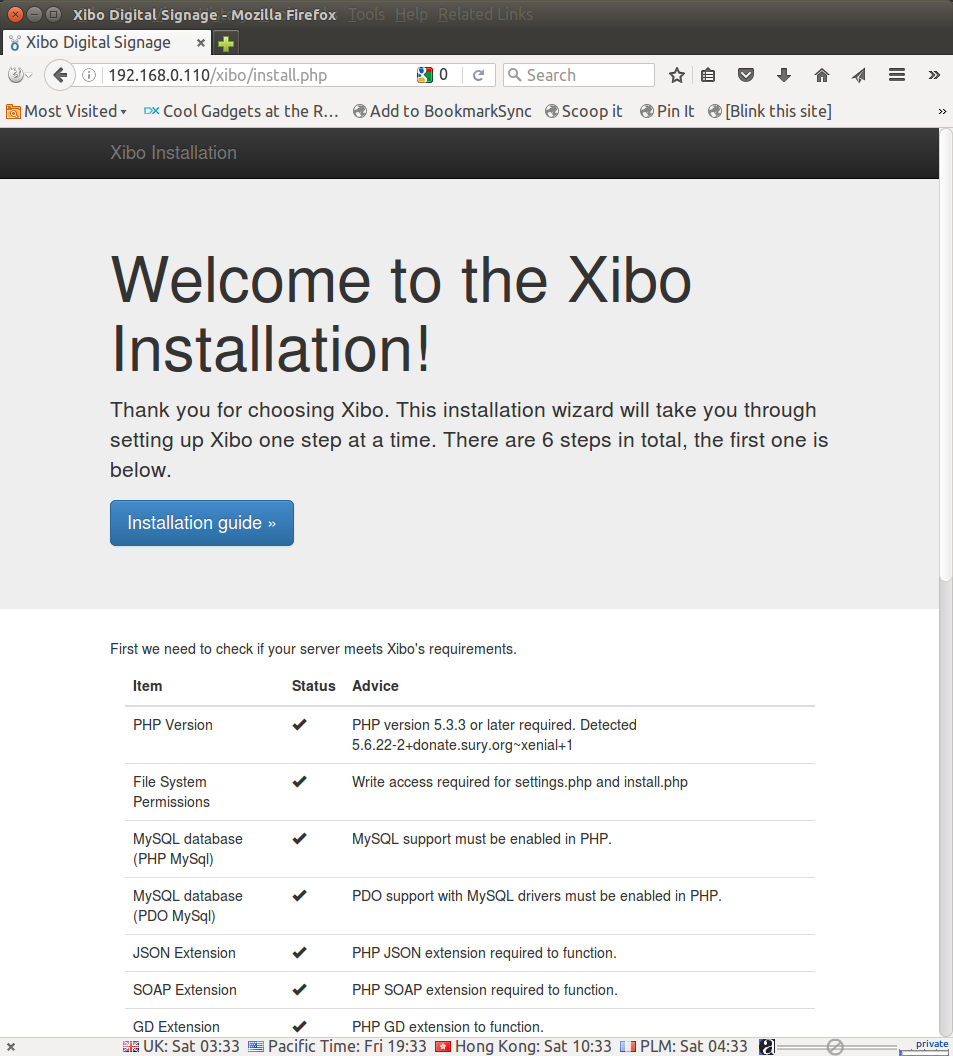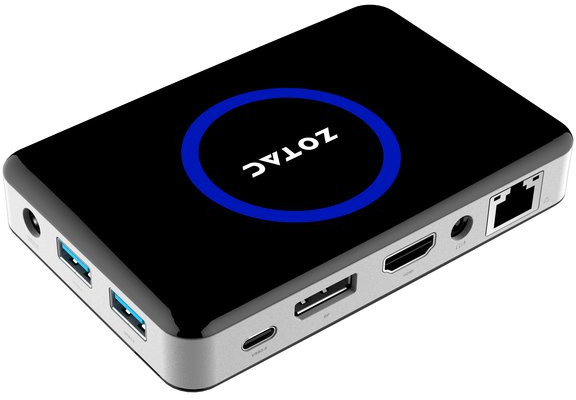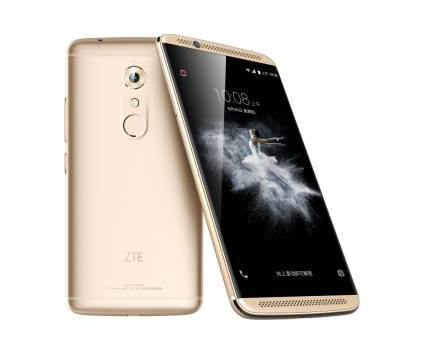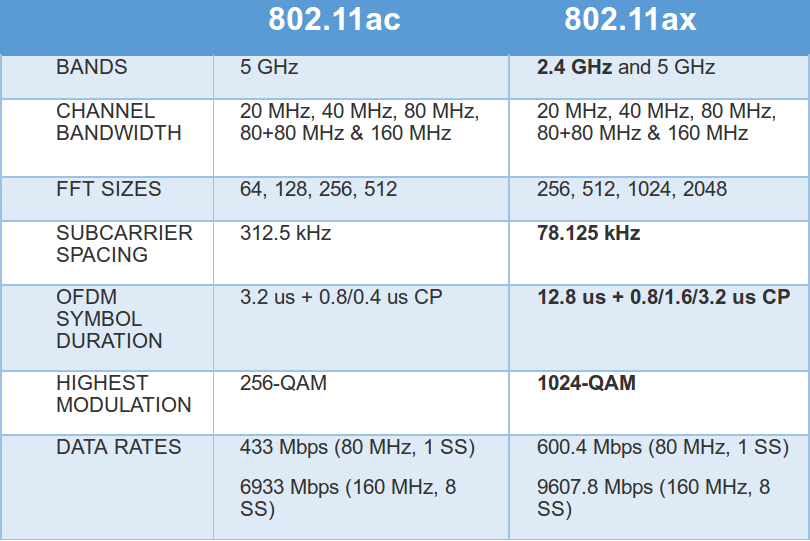HiSilicon Hi3798C V200 processor is designed for high-end TV boxes and media centers with a a quad core Cortex A53 processor, 4K 10-bit H.265 and VP9 video decoding at 60 fps, built-in SATA, Gigabit Ethernet, USB 3.0, and so on. One of the first model to hit the shelves was Himedia Q10 Pro, but I’ve received an engineering sample for Sunhed S3 based on the processor, so let’s have a closer look starting with the specifications and pictures of the device. Sunhed S3 specifications: SoC – HiSilicon Hi3798CV200 quad-core ARM Cortex A53 processor with ARM Mali-T720 GPU System Memory – 2GB DDR3 Storage – 8GB eMMC + SD card slot + external SATA interface Video Output – HDMI 2.0 up to 3840×2160 @ 60 Hz and CVBS output (RCA) Video Codecs – H.265/HEVC 4Kx2K@60fps, MVC, MPEG1/2/4, VC-1, WMV Video Containers – TS, MKV, FLV, MOV, AVI, RM, MP4, ISO Blue-ray […]
ARM announces “premium IP” for VR and AR with Cortex-A73 Processor and Mali-G71 GPU
Today ARM has revealed the first details of its latest mobile processor and GPU, both said to be optimized for VR (Virtual Reality) and AR (Augmented Reality) applications. Starting with the ARM Cortex-A73, we’re looking at an evolution of the current Cortex-A72 with ARM claiming 30 percent “sustained” performance over the Cortex-A72 and over twice the performance over the Cortex-A57. ARM is already talking about clock speeds of up to 2.8GHz in mobile devices. Other improvements include an increase up to 64k L1 instruction and data cache, up from 48 and 32k respectively for the Cortex-A72, as well as up to 8MB of L2 cache. The Cortex-A73 continues to support ARM’s big.LITTLE CPU design in combination with the Cortex-A53 or the Cortex-A35. It’s also the first ARM core to have been designed to be built using 10nm FinFET technology and it should be an extremely small CPU at around 0.65 […]
Axiomtek NA343R 1U Rackmount Network Appliance is Powered by an Intel Celeron N3160 Braswell Processor
Many Braswell mini PCs have been launched in the last year, and usually we’d see 1U rack used by processor specifically designed for server such as Intel Xeon or Atom Avoton, but thanks to Axiomtek NA343R , we’ve not got a 1U rackmount server powered by Intel Celeron N3160 processor part of the Braswell family. Axiomtek NA343R rack server system specifications: SoC – Intel Celeron N3160 quad-core processor @ 1.6 GHz / 2.24 GHz (Burst frequency) with Intel HD graphics 400 with 12EU (4W SDP / 6W TDP) System Memory – 1x SO-DIMM DDR3L-1600 for up to 8GB RAM Storage – 1x CFast, 1x 2.5″ SATA HDD. optional 3.5″ SATA HDD Video Output – Optional VGA port Connectivity – 6x Gigabit Ethernet via Intel i211 Ethernet controller, one group of LAN bypass function. USB – 2x USB 3.0 ports Misc – Power switch, status LEDs, 1x RJ45 console port, watchdog […]
ELLO 2M is a DIY Computer with a Keyboard, a 7″ Touchscreen Display and a Prototyping Area (Crowdfunding)
The traditional way to play with electronics is to get a board (e.g. Arduino), a breadboard to wire components & sensors to the board, and a computer for programming. ELLO 2M combines all that into a single piece of hardware with a 7″ touchscreen display, a Microchip PIC32 micro-controller board, a solderless prototyping area made of PGA sockets, and a keyboard. ELLO 2M hardware specifications: MCU – Microchip PIC32MX470 32-bit micro-controller @ 120 MHz with 128kB RAM (512kB RAM in the ELLO 2M “hacker” versions) Extra System Memory – Optional on-board serial non-volatile data RAM Storage – 3x micro-SD cards (one permanently built-in and two for removable storage); internal serial FRAM Display – 7″ LCD touch-screen panel with 800×480 pixel resolution Audio – Small speaker and buzzer Keyboard – Replaceable QWERTY keyboard Connectivity – 2.4GHz RF communication module with simple communication protocol Expansion – Expansion receptacle, electronic prototyping space with […]
How to Install PHP 5.6 (and Xibo Digital Signage CMS) in Ubuntu 16.04
Xibo is an open source digital signage using a client / server architecture, and in the past I wrote a tutorial showing how to use it, and ran Xibo Python client on ARM Linux TV box, but with software handling only so rendering scrolling text was not very smooth at all, and video decoding was not really possible. But now I have Star Cloud PCG02U Intel TV stick which costs just $70 shipped with Ubuntu 14.04, and that I have upgraded to Ubuntu 16.04, and I thought that would be a great low cost Xibo Linux client which should have pretty good performance. I started by installing Xibo server, only to find out that the cross-platform Python client had been phased out, with now only Windows and Android clients available. So I canceled my plan. I still had some challenges installing Xibo server on Ubuntu 16.04, so I’ll report my […]
Zotac PI330 Cherry Trail mini PC Supports Dual Monitor Setups with HDMI and DisplayPort Outputs
Several low power Intel mini PCs coming out of Chinese manufacturers support dual monitor setups, but usually they combine HDMI and VGA with models such as Vorke V1 or MeLE PCG03. Zotac PI330 mini PC powered by an Intel Atom x5-Z8500 processor offers instead dual independent display support via HDMI and DisplayPort connectors. Zotac PI330 hardware specifications: SoC – Intel Atom x5-Z8500 quad core processor @ 1.44 GHz / 2.24 GHz) with 2M Cache and Intel Gen8 Graphics System Memory – 2GB LPDDR3 Storage – 32GB eMMC flash + micro SD/SDHC/SDXC card reader Video Output – DP1.1a, HDMI 1.4b Audio – DisplayPort, HDMI and 3.5mm headphone/microphone combo jack Connectivity – Gigabit Ethernet, 802.11ac WiFi and Bluetooth 4.0 USB – 1x USB 3.0 Type-C, 2x USB 3.0 port Misc – Power LED, Power Supply – 5V/3A Dimensions – 115 x 76 x 20.7 mm The fanless mini PC is pre-loaded with […]
ZTE Axon 7 Snapdragon 820 Smartphone To Support Google Daydream VR
Google announced Daydream virtual reality platform at Google I/O 2016 a few days ago, and now ZTE has announced the first phone compatible with Daydream, namely Axon 7 powered by Qualcomm Snapdragon 820 processor with 4 to 6 GB RAM, and 64 to 128 GB flash. Their will be three versions of the phone: basic, standard and premium editions with the following key features and hardware specifications: SoC – Qualcomm Snapdragon 820 quad core ARMv8 processor with two “Gold” cores up to 2.15 GHz, two “Silver” cores up to 1.6 GHz, Adreno 530 GPU with support for OpenGL ES 3.2, OpenCL 2.0, and Vulkan, and Hexagon 680 DSP @ up to 825 MHz System Memory and Storage 4GB RAM, 64GB flash, and micro SD slot up to 128GB OR 6GB RAM, 128GB flash, and micro SD slot up to 128GB Display – 5.5″ 2560 x 1440, WQHD AMOLED, 2.5D; Premium: […]
802.11ax WiFi Aims to Deliver Higher Throughput (Up to 10 Gbps), Better Handle High Density Scenarios
802.11ax WiFi, also known as High-Efficiency Wireless (HEW), aims to improve the average throughput per user by a factor of at least 4 times in dense user environments, with a total bandwidth of 10 Gbps over 2.4 and 5.0 GHz . The new standard is still work in progress and is expected to be published in 2019. 802.11ax WiFi key features include: Backwards compatible with 802.11a/b/g/n/ac Increase 4x the average throughput per user in high-density scenarios, such as train stations, airports and stadiums. Data rates and channel widths similar to 802.11ac, with the exception of new Modulation and Coding Sets (MCS 10 and 11) with 1024-QAM. Specified for downlink and uplink multi-user operation by means of MU-MIMO and Orthogonal Frequency Division Multiple Access (OFDMA) technology. Larger OFDM FFT sizes (4x larger), narrower subcarrier spacing (4x closer), and longer symbol time (4x) for improved robustness and performance in multipath fading environments […]


